Chia seeds are a superfood that is known for its nutritional value. They are very tiny seeds, native to Central and South America. They have recently gained popularity for different reasons:
- They are a huge source of fiber; they aid in digestion and help with regular bowel movements.
- They are one of the richest sources of plant-based Omega 3 Fatty Acids. Omega 3 are fundamental component favoring heart and brain health.
- They are a good plant-based protein source- indispensable addition to a vegan vegetarian diet.
- They are a source of anti-oxidants, that will help you protect from free radicals and oxidative stress.
- They are a source of vitamins and minerals like : Ca, Mg, Ph, Vit b.
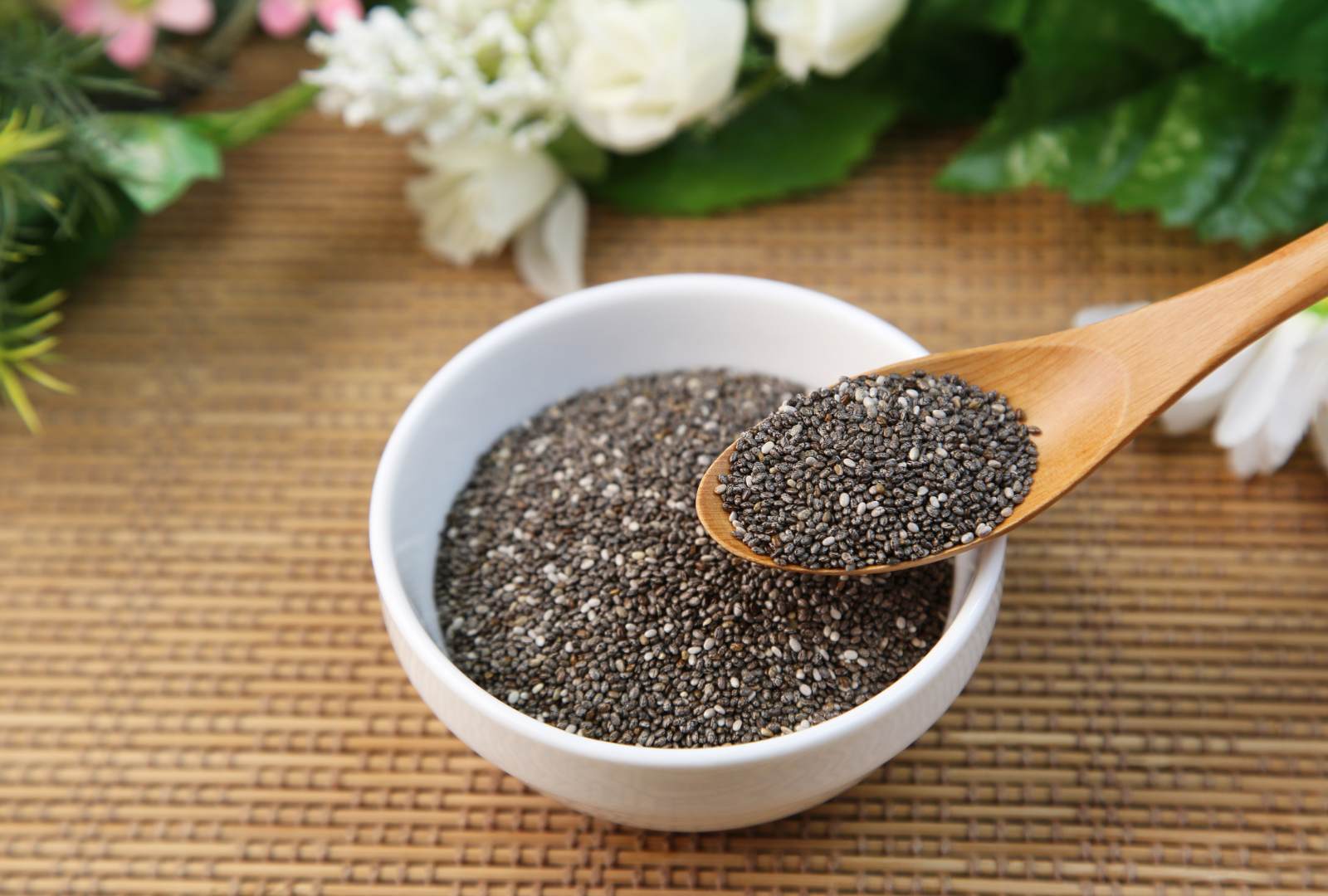
Chia Seeds…
Chia seeds are also known for they capacity of absorbing liquid, and then turning into a gel like consistency. This characteristic makes them an ally in helping athletes stay hydrated. Their high fiber content and ability to absorb water makes them an ally to people managing their weight as they give a feeling of fullness thus helping control appetite.
Blood sugar control: chia helps stabilize blood sugar again due to their fiber content but also their protein content.
What are Oxalates?
Chia seeds contain oxalates and are considered a moderate oxalate containing food. Oxalates are compounds found in a lot of plant-based foods. Also called oxalates acid and are a defense mechanism of plants acting as a deterrent against herbivores attacks.
If consumed in moderation, most people are not negatively affected by oxalates. Other people are more susceptible and can feel negative side effects from consuming too many oxalates rich foods.
Side Effects…
One of the first side effect and most common is feeling pain in joins, for example, an elbow or a hip, or most commonly suffering from kidney stones.
Oxalates are most present in Ca rich foods and unfortunately oxalates bind to Calcium and prevent the Calcium absorption by the body. So, eating Calcium rich foods might result in absorbing less Calcium rather than more.
Again, for the majority of us, consuming foods with a moderate content of oxalates is not a concern. But if you have a history of kidney stones you want to be monitoring the quantity that you are intaking.
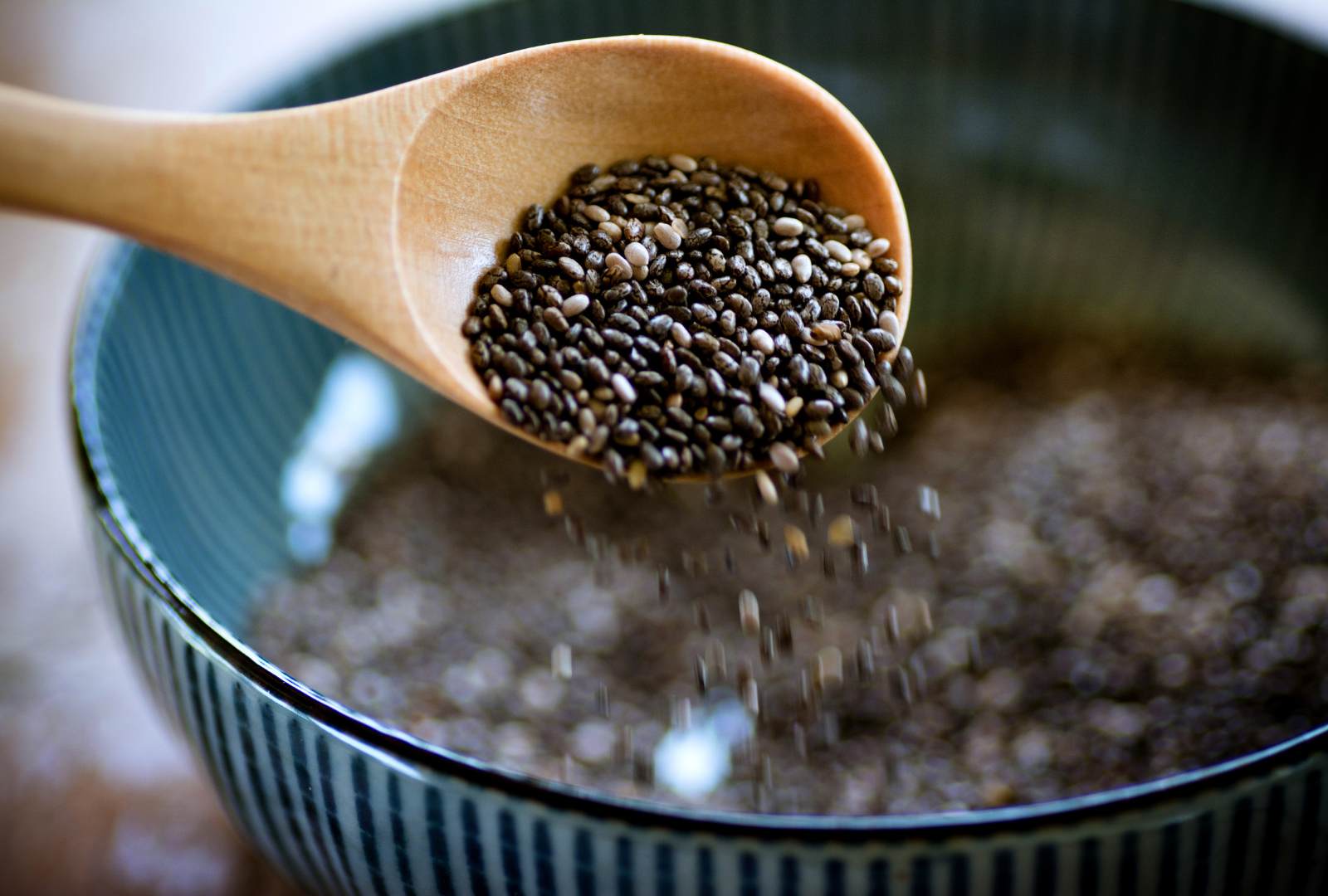
How can we manage the oxalate content in foods?
It is important to be aware of foods that are high in oxalates first of all to determine our intake. Be mindful of portions and cooking techniques that might influence the amount of oxalate intake Among the highest oxalate rich foods we have spinach, rhubarb, Swiss chards, beets, almonds and nuts.
If you have a feeling that you consume a lot of oxalate-rich foods, there are a few actions that you can take:
- Boiling these foods helps them reduce by 50% approximately their oxalate content. Stir fry or steaming them does not help reduce the oxalate content.
- Staying well hydrated obviously also helps dilute the oxalates present in your urine and diminishing the kidney stones risk.
- Mix high oxalate foods with low oxalates foods such as fruits vegetables and lean proteins.
- Reduce the intake, but please, always consult with a healthcare professional to gather help in how to reduce them gradually and avoid the negative effects of dumping oxalates.

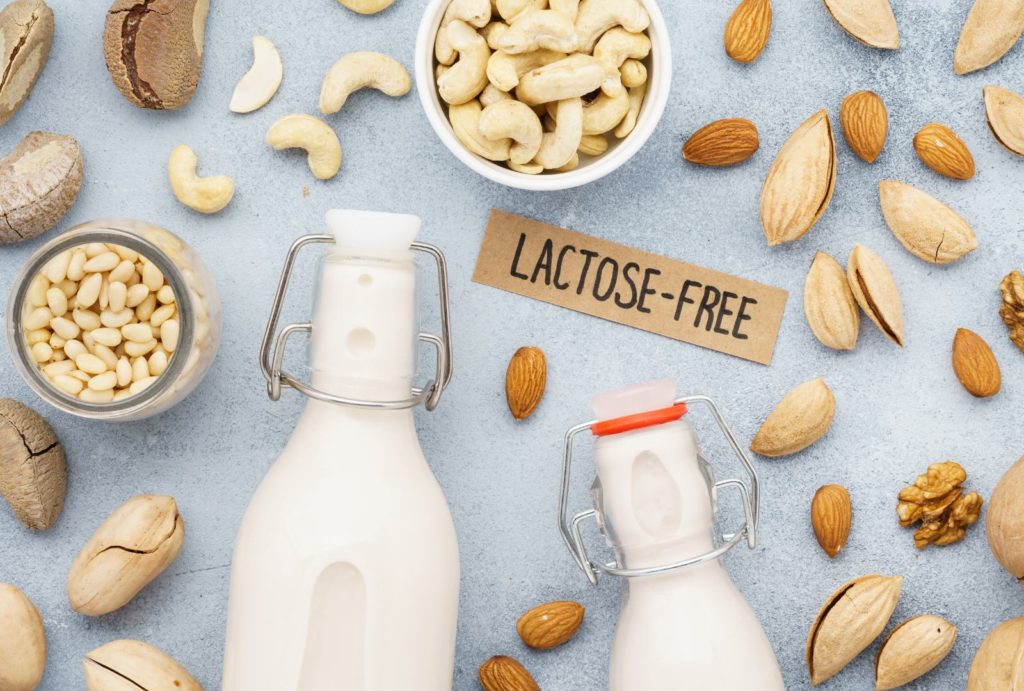
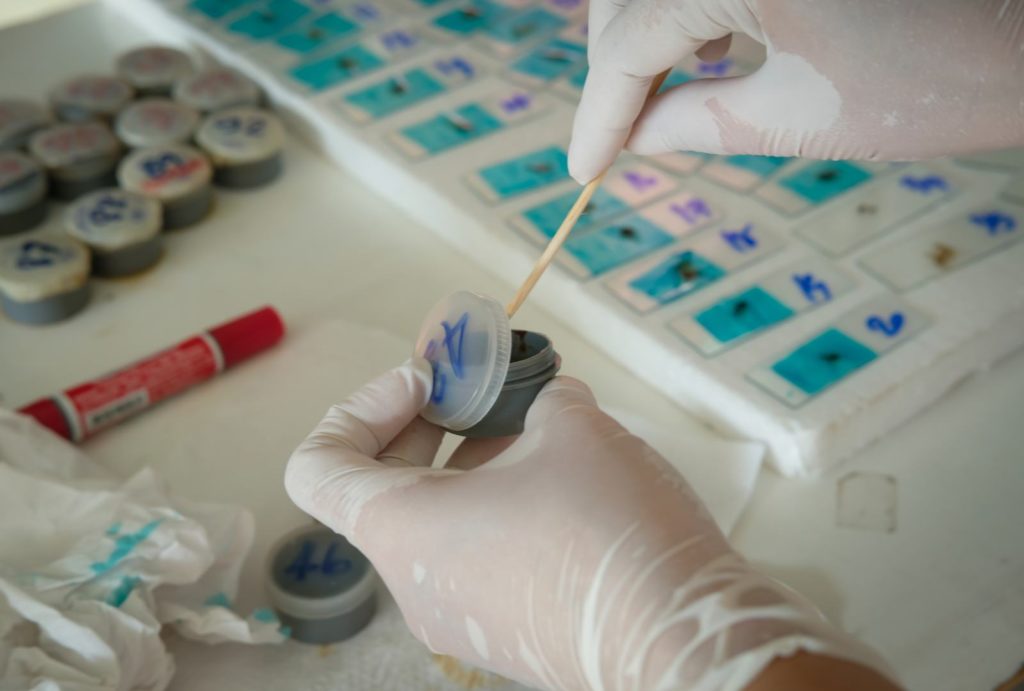
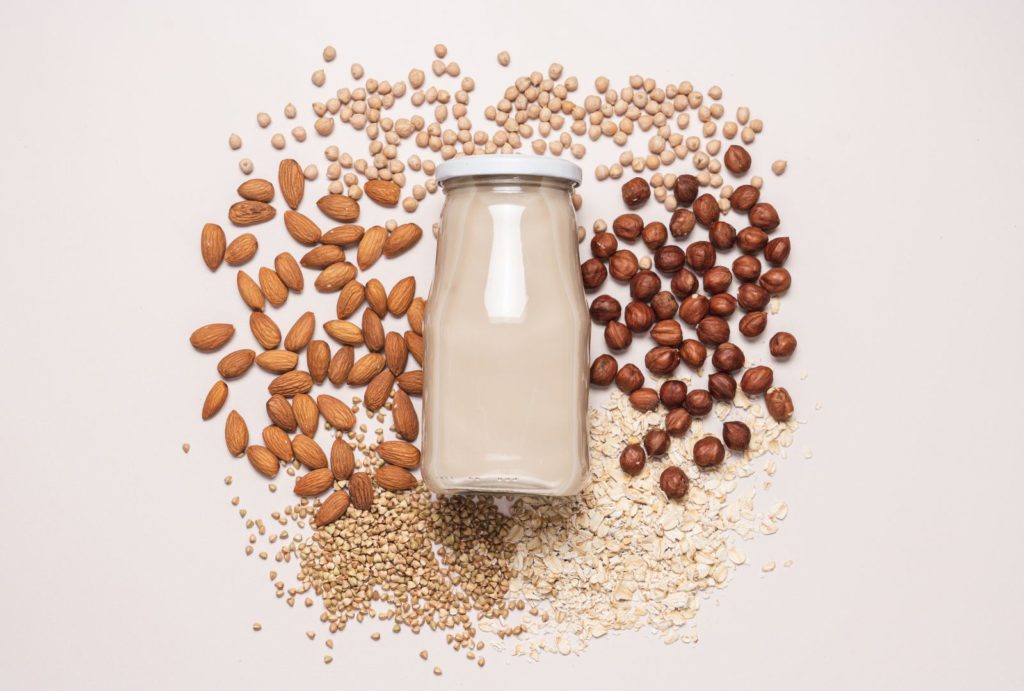

Thank you for this very informative article about a food I knew little about.
A suggestion: could you give the oxalate content in the form of Xmg per 100 grams, to enable comparison with other foods? It would help greatly.
Hello Gianni
Oxalate scale:
very low : 0-.9 mg
low: 1-4.9 mg
medium: 5-14.9 mg
high: 15-20 mg
very high: 20-40 mg
exceptionally high: 41mg and above
for ex, 1/2 cup of collard greens boiled corresponds to 9 mg
steamed broccolis: 6 mg
brussels sprouts raw and boiled: 8 mg
carrot boiled 1/2 cup: 9 mg
hope this helps!